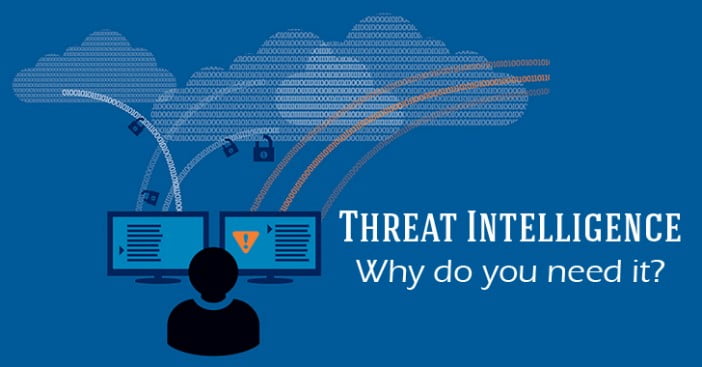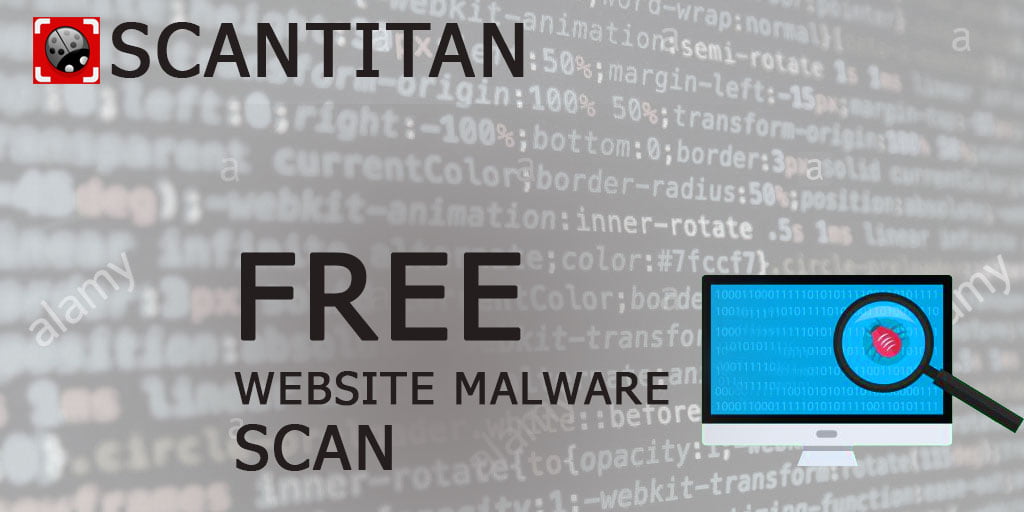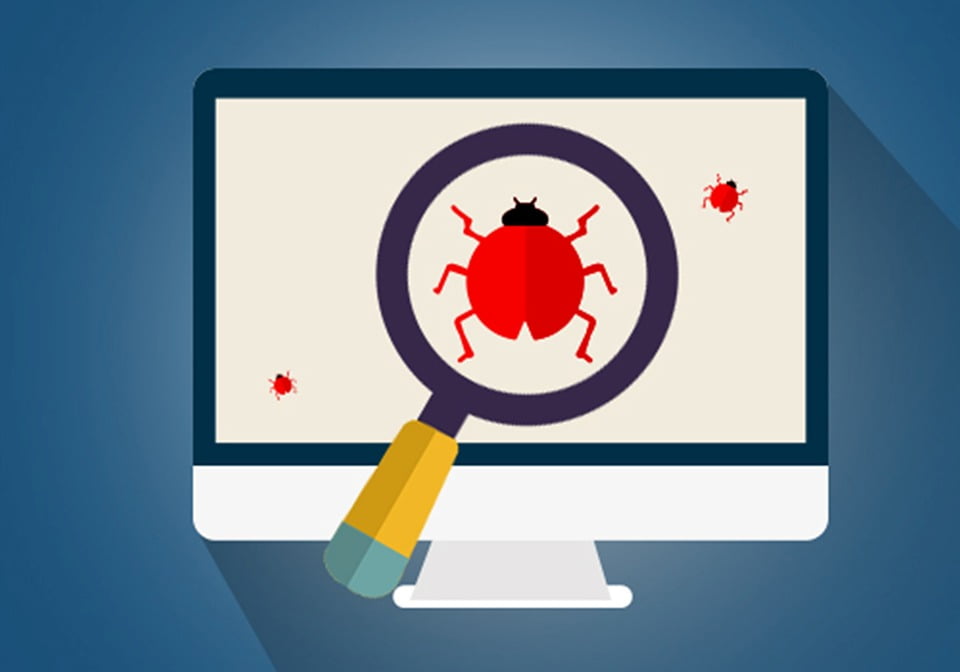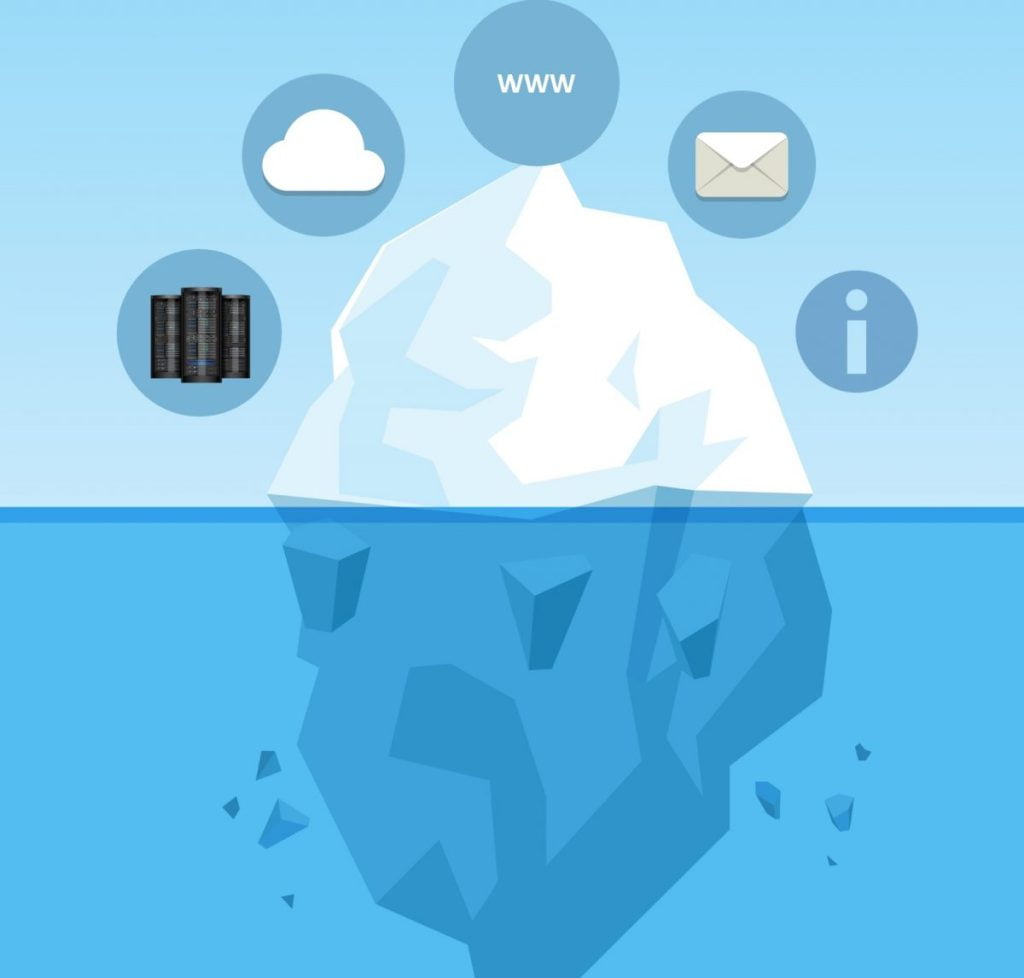This guide will tell you what is cyber threat intelligence and how it is important to identify relevant threats of your business using ScanTitan Threat Intelligence platform.
What is Threat Intelligence?
Cyber threats keep increasing daily and it has become an essential issue for organizations and companies to deal with.
Threat intelligence is simply the knowledge that allows you to prevent cyberattacks or reduce them to the barest minimum. Threat intelligence helps you with information in the context of who is attacking, what their motives are, and their capabilities, and this information helps you become proactive and make improvisation to the system security.
There are three categories of threat intelligence which are:
- Strategic Threat Intelligence: This offers a wider picture of an organization’s risk landscape.
- Tactical Threat Intelligence: This category shows the techniques, strategies and procedures (TTP) of the attacker. It would help your organization understand specifically how your organization might be attacked and possible ways to avoid these attacks.
- Operational Threat Intelligence: This category deals with the in-depth knowledge about cyber-attacks, events, or campaigns. It gives detailed insights that helps your organization to understand the nature, motive, and timing of specific attacks to avoid reckless response to these attacks.
You can continue reading about Threat Intelligence in Wikipedia here.
Why is threat intelligence important?
With digital transformation in our technologically developed and evolved world today, many individuals and organizations are constantly connected to the internet to carry out all sorts of personal and financial transactions. The internet has become so accessible that cybercriminals take advantage of our constant connectivity to steal our information and in many cases our money.
Some reasons why analyzing and identifying organization threats is important are:
- Reduces risks: Hackers with the intention or capability to harm organizations are regularly on the lookout for new ways to penetrate organizations’ networks. Threat intelligence provides proper visibility into such known security weakness to reduce the risk of information loss, minimize or block disruption in business operations, and maximize regulatory consent.
- It helps in domain monitoring: Threat intelligence provides information for domain monitoring. Cybercriminals hijack domain names with the intent to steal customers, customer data, and take out of competitors’ websites. In doing this, they extort a lot of money from domain owners and website users. Domain monitoring prevents this from happening and you get the chance to monitor the registration status of your domain.
- Reduces costs: Threat intelligence can reduce the overall expenses and save your business capital because improved security posture can help mitigate an organization’s risk. When your organization is aware and prepares for the cyberattack, on how to contain damages and to recover from it, it reduces your expenses.
- Dark web monitoring: Dark web monitoring is carried out to check whether your organization’s name appears in the dark web and help you identify potential insider threats, enabling you to prevent data leaks and other incidents that may damage your brand reputation. The dark web is seen as the underbelly of the internet, hidden from search engines and only accessible with a special web browser. It also masks IP addresses, which permits fraudsters to operate unidentified to commit crimes including identity theft. Dark web monitoring would help you detect and stop cyberattacks.
- Avoid data loss: Domain monitoring acts as a guard when suspicious IP addresses or domains try to communicate with your network to collect sensitive information. Here, a threat intelligence system helps in avoiding or blocking such addresses from infiltrating the network and stealing sensitive data.
- Analyzes cybercriminals techniques: Threat intelligence helps your organization analyze the different techniques with which a cybercriminal can engage to gain access to your organization. By analyzing such cyber threats, you can determine whether your security defense systems can block such an attack.
Example of Threats
- Social network threats: Social network threats like DDoS call, disclosing vulnerabilities on social networks, disclosing data on social networks, identity theft, spamming, online predators, and other cybercriminal attacks.
- Breaches disclosure: Threats like pasting on pastebin.com, dark net (dark web), or hackers forum. These threats can be avoided with dark web monitoring to check whether your organization’s name is pasted in darkweb and detect the cyber attack and prevent it.
- Phishing and brand threats: These are threats like registering a domain that is similar to your website to try to run phishing attacks against your employees or scamming your customers. These threats are detrimental to your brand and can be avoided with domain monitoring to monitor your domain name registration, misspellings, or relevant deviation of your customer’s brand name.
How can I improve my security posture with ScanTitan Threat Intelligence features?
ScanTitan offers a set and forget platform that monitors and alerts you with information about your organization’s threat landscape.
The package offered is:
- Threat Intelligence: With this package, we at ScanTitan carry out monitoring all aspects of cybercriminals and threats that might impact your online services and business.
These monitoring activities include scam and phishing domains monitoring, dark web monitoring, public paste portals monitoring, social networks monitoring, and hacker forums monitoring.







